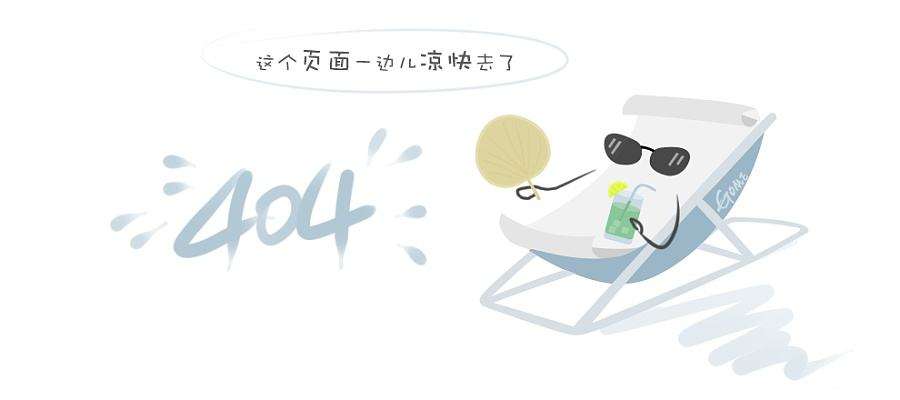-

-
nhzsn
上传于:2018-04-02
粉丝量:85
该文档贡献者很忙,什么也没留下。
- 相关
- 目录
- 笔记
- 书签
更多相关文档
暂无目录
点击鼠标右键菜单,创建目录
暂无笔记
选择文本,点击鼠标右键菜单,添加笔记
暂无书签
在左侧文档中,点击鼠标右键,添加书签
“you’re dealing with an emotionally charged individual…”: an industry perspective on the challenges posed by medical tourists -凯发官网入口
下载积分:4950
内容提示: research open access“you’re dealing with an emotionally chargedindividual…”: an industry perspective on thechallenges posed by medical tourists’ informalcaregiver-companionsvictoria casey 1* , valorie a crooks 1 , jeremy snyder 2 and leigh turner 3abstractbackground: patients engage in medical tourism when they privately obtain a medical care abroad. previousresearch shows that many medical tourists travel abroad with friends and family members who provide supportand assistance. meanwhile, very little...
文档格式:pdf |
页数:12 |
浏览次数:239 |
上传日期:2018-04-02 11:33:01 |
文档星级:
research open access“you’re dealing with an emotionally chargedindividual…”: an industry perspective on thechallenges posed by medical tourists’ informalcaregiver-companionsvictoria casey 1* , valorie a crooks 1 , jeremy snyder 2 and leigh turner 3abstractbackground: patients engage in medical tourism when they privately obtain a medical care abroad. previousresearch shows that many medical tourists travel abroad with friends and family members who provide supportand assistance. meanwhile, very little is known about this important stakeholder group, referred to here ascaregiver-companions. in this article we examine the challenges that can be posed by caregiver-companions andthe overall practice of informal caregiving in medical tourism from an industry perspective. specifically, we reporton the findings of interviews conducted with international patient coordinators (ipcs) who work at destinationfacilities. ipcs come into regular contact with caregiver-companions in their professional positions and thus areideally suited to comment on trends they have observed among this stakeholder group as well as the challengesthey can pose to medical tourists, health workers, and facilities.methods: we conducted 20 semi-structured interviews with 21 ipcs from 16 different facilities across ninecountries. topics probed in the interviews included caregiver-companion roles, ipcs’ and others’ interaction withcaregiver-companions, and potential health and safety risks posed to medical tourists and caregiver-companions.thematic analysis of the verbatim transcripts was employed.results: although most participants encouraged medical tourists to travel with a caregiver-companion, manychallenges associated with caregiver-companions were identified. three themes best characterize the challengesthat emerged: (1) caregiver-companions require time, attention and resources; (2) caregiver-companions candisrupt the provision of quality care; and (3) caregiver-companions can be exposed to risks. ipcs pointed out thatcaregiver-companions may, for example, have a negative impact on the patient through cost of accompanimentor inadequate care provision. caregiver-companions may also create unanticipated or extra work for ipcs, asadditional clients and by ignoring established organizational rules, routines, and expectations. furthermore,caregiver-companions may be susceptible to stresses and health and safety risks, which would further deterioratetheir own abilities to offer the patient quality care.conclusions: although caregiver-companions can pose challenges to medical tourists, health workers, and medicaltourism facilities, they can also assist in enhancing best care and offering meaningful support to medical tourists. ifcaregiver-companions are open to collaboration with ipcs, and particularly in the form of information sharing, thentheir experience abroad can be safer and less stressful for themselves and, by extension, for the accompaniedpatients and facility staff.keywords: medical tourism, informal caregiving, international patient coordinators, patient, international health care* correspondence: vcasey@sfu.ca1 department of geography, simon fraser university, 8888 university drive,burnaby, canadafull list of author information is available at the end of the article© 2013 casey et al.; licensee biomed central ltd. this is an open access article distributed under the terms of the creativecommons attribution license (http://creativecommons.org/licenses/by/2.0), which permits unrestricted use, distribution, andreproduction in any medium, provided the original work is properly cited.casey et al. globalization and health 2013, 9:31http://www.globalizationandhealth.com/content/9/1/31

